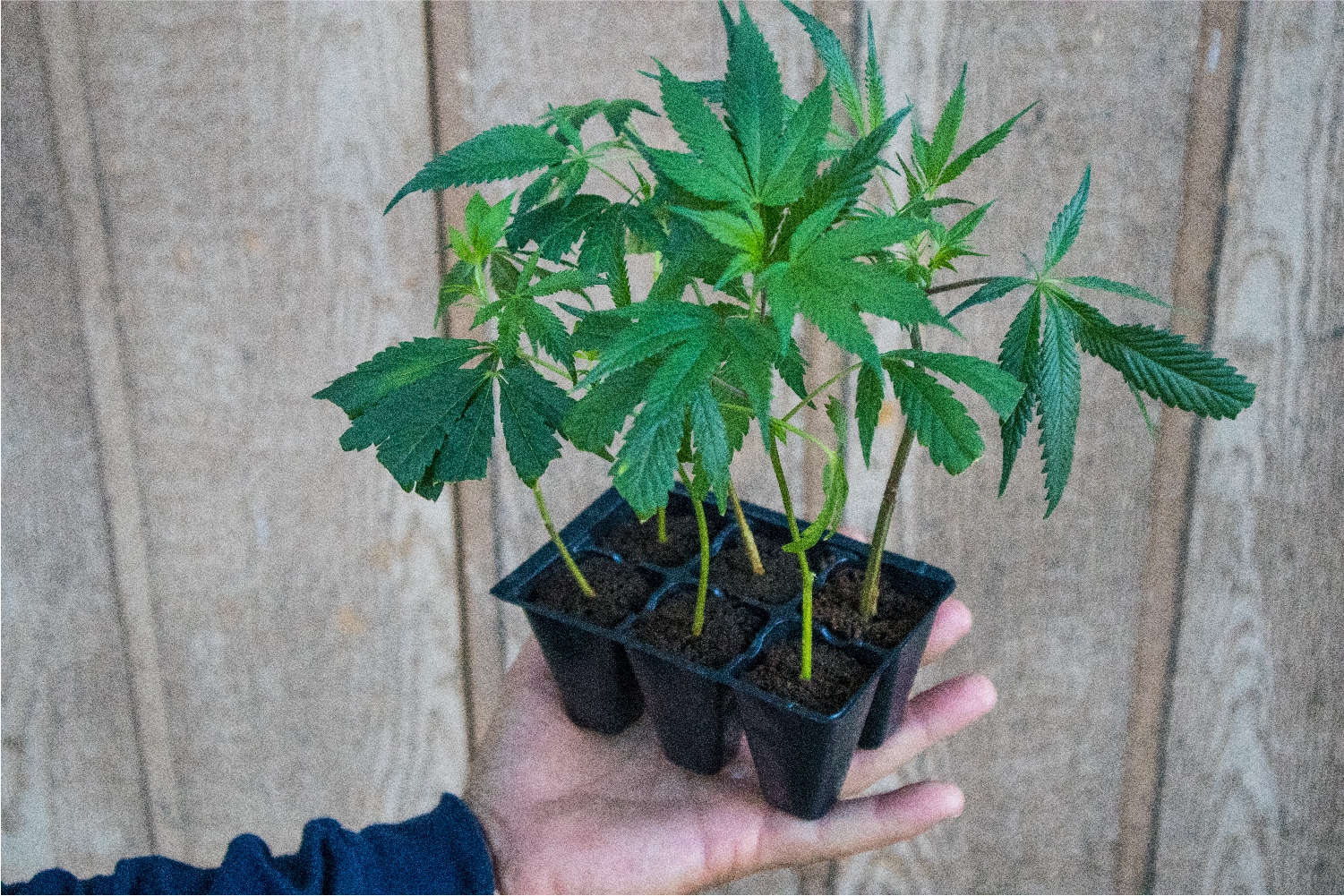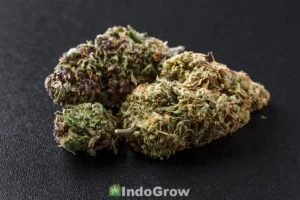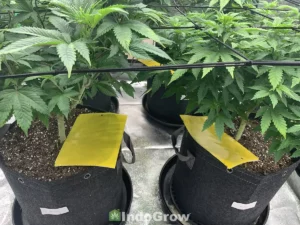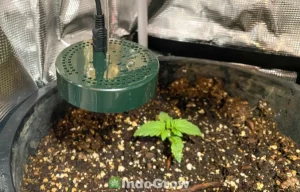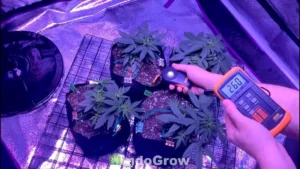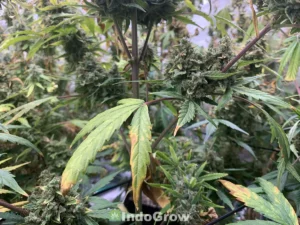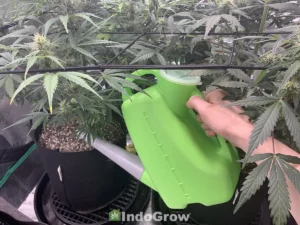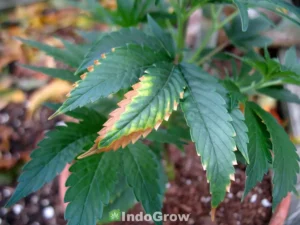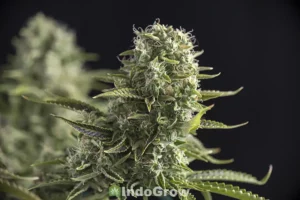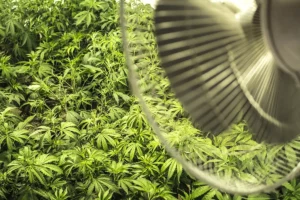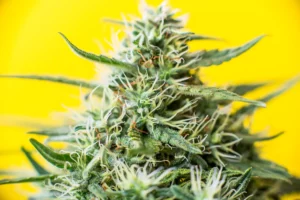Learning how to clone weed strains is an easy and cost effective way to create new cannabis plants from a plant you already have.
Cloning can preserve the growth habits and terpene profile of your favorite plant more reliably than growing from seeds. Additionally, clones skip the germination stage and progress to the vegetative stage much faster than plants grown from seeds.
This article will provide a comprehensive cannabis cloning tutorial on how to take cuttings and care for clones at all life stages.
Table of Contents
- Why Clone Cannabis Plants?
- What is Needed to Clone Cannabis?
- How to Take Cannabis Cuttings?
- When to Take Cuttings for Cannabis Clones?
- Where to Cut Cannabis Clones?
- How to Care for Cannabis Clones?
- When to Transplant Cannabis Clones?
- How to Care for the Mother Plant?
- Topping Cannabis Clones
- Can Autoflowers be Cloned?
- Summary
Why Clone Cannabis Plants?
Since clones are genetically identical to their mother plant, taking clones is an easy way to grow a larger, more uniform crop of a strain that you enjoy. The clones will have similar care requirements and growth time to both the mother plant and one another, taking much of the guesswork out of caring for your plants.
Growing clones can also save you considerable time and money, since you will no longer need to grow or purchase new seeds. When growing from seed, the plants will be less uniform and some may be less hardy than others, or fail to germinate entirely. Additionally, clones tend to move through the vegetative stage an average of a month faster, since they do not need to spend time germinating.
What is Needed to Clone Cannabis?
To create cannabis clones, you must first select a healthy female photoperiod plant in the vegetative state. This “mother plant” should be at least two months old and be of sufficient size to take as many cuttings as you want. Do not take clones from a plant that is wilting or showing other signs of stress, as it is unlikely to make quality clones.
Once you select a mother plant, you will need to gather materials for cloning. These include pruning shears or scissors, rooting cubes (such as rooter riot or similar), and root stimulator powder or gel.
The young clones will need a nursery setup similar to that of seedlings with a water tray, cells to hold the rooting cubes, and a clear plastic dome to hold in humidity. The clones also prefer cooler spectrum, low heat lighting during this time. Once their roots have developed, they can be repotted and kept in the same setup as your adult plants.
If you do not currently have a setup for adult plants, you will need a grow tent, LED lighting, an exhaust fan, 2 or more oscillating fans, 5 gallon pots, and growing medium.
How to Take Cannabis Cuttings?
Once you identify a suitable branch, cut it below the node closest to the main stem at a 45 degree angle. To create additional surface area for rooting, the woody exterior on the bottom inch of the cutting can be gently scraped away to expose the epidermis. This step is less essential if you are using rooting hormone gel or powder on your cuttings.
Cuttings should be taken using a sharp, pre-sanitized pruning shears, scissors, or razor blade. Isopropyl alcohol or diluted bleach are popular choices for sanitizing pruning shears between uses. This step reduces the risk of either the mother plant or the cutting becoming infected with mold spores or other pathogens.
If you do not plan to plant the cutting immediately, it can be placed in a glass of fresh water for up to a few hours. Do not set cuttings on an unsanitized surface, as their exposed tips are very susceptible to infection in the first few days before they scab over.
When to Take Cuttings for Cannabis Clones?
Cuttings should be taken during the vegetative stage only. Ideally, the mother plant will be at least 2-3 months old, although some growers keep their mother plants around for months or even years after that to have a continuous source of clones.
Clones which are taken from plants that are less than two months old have a lower survival chance than cuttings from older plants. Additionally, the stress of taking a cutting from a very young cannabis plant will slow that plant’s growth and make it more susceptible to disease.
If flowering has begun on your plant, it is too late to take a cutting. Clones of flowering plants take far longer to root, and they may become hermaphroditic and produce seedy flowers if they do survive. Taking cuttings from a flowering plant will also reduce your yield, since the removed branches will no longer produce buds.
Where to Cut Cannabis Clones?
First, select a branch to take your cutting from. An ideal branch will have at least three nodes, be relatively thick and straight, and not show signs of illness like wilting or yellowing leaves. Branches near the bottom of the plant will root faster, since they contain higher natural concentrations of rooting hormone. Clones taken from higher branches may flower faster.
Once you select a branch, cut it away from the mother at a 45 degree angle below the node closest to the mainstem. Depending on the size of your plant, you may be able to collect multiple cuttings from a single plant. For smaller plants, you may instead take a single cutting from several plants. In either case, be sure to label your cuttings so that you can identify when they were cut and which plant they originated from.
How to Care for Cannabis Clones?
Fresh cuttings should be dipped in cloning/rooting gel or powder to stimulate root growth. The cuttings can then be placed in a rooting cube or other growing medium. General use potting soil is not recommended for propagating cuttings, as it is often infected with mold spores that may overtake your fragile new plant.
Next, the rooting cube should be moved into a nursery system with a tray of water on the bottom and a clear plastic top to trap humidity. Ideal humidity while roots are developing is 80% or higher. Since the plant does not yet have roots to absorb water, it must collect all of its water out of the air. Directly misting the leaves of the plants can help keep humidity high.
The plants should be kept under a cool spectrum, low heat bulb, such as an LED or fluorescent bulb. Similar to germinating seeds, the lighting conditions during this stage of growth should mimic springtime rather than summer. Too much light can actually cause the seedling to stretch and have excessive space between nodes.
When to Transplant Cannabis Clones?
Most clones will be finished rooting after 3 to 14 days in the rooting cube. Once you see white root tips emerging from the rooting cube, it is time to transplant into a larger container.
At this point, you can either transplant into a 1 or 2 gallon pot, or move the clone directly into the final 5 gallon pot. Using an intermediary pot can reduce the risk of the roots becoming waterlogged or oxygen starved. If you do use an intermediary pot, the plant will be ready for its second transplant after approximately 3-4 weeks.
To transplant the clone, dig a small hole in the soil and place the rooting cube inside. Bury the plant in soil up to the first growth node up from the rooting cube, and water thoroughly to settle the soil.
How to Care for the Mother Plant?
Care for a cannabis mother plant is the same as that for any other vegetative state photoperiod strain. Some growers will keep the same mother plant for years without allowing it to flower. This is achieved by keeping its lighting on a consistent 18/6 schedule.
If you want to preserve the mother plant in this way, you can keep the mother plant and clones in separate tents. If kept in the same tent as its clones, the mother plant will flower when the lighting is reduced to a 12/12 cycle. Growing successive generations of clones is a great way to increase the efficiency of your grow, as you will become very familiar with the clones’ specific growth habits and nutritional needs over time.
Topping Cannabis Clones
Clones can be topped just like a plant grown from seed. Topping your cannabis plant breaks its apical dominance and encourages bushy, horizontal growth. This is an essential first step for many training techniques like scrogging.
Before topping, make sure that the plant has at least 4 to 6 nodes and well established roots. Most growers will wait until after the plant recovers from its first transplant to top their clone. Once the plant is ready, top above the fifth node using sterile scissors or pruning shears.
Can Autoflowers be Cloned?
Autoflower cannabis strains cannot be cloned. Because autoflowers begin flowering after 4 to 6 weeks regardless of lighting conditions, they cannot be held in the vegetative state long enough to take cuttings. Taking cuttings from an autoflower will cause stress to the original plant, and the cuttings are unlikely to survive on their own. If you want to continue growing the same strain of autoflowers, you will have to buy additional seeds.
Summary
Creating clones is a cost effective and reliable way to reproduce the genetics of a favorable cannabis plant. Cloning will save you time and money, since you won’t need to purchase new cannabis seeds and wait for them to germinate.
Clones can be taken from a female photoperiod plant during the vegetative phase. This “mother plant” should be at least 2-3 months old and in good health. Clones are cut at a 45 degree angle just below the node closest to the main stem.
Next, the cutting is dipped in rooting powder or gel and pressed into a rooting cube. The clones are then placed in a nursery system with a tray of water on the bottom and a clear plastic dome over them. While developing their roots, the clones should be kept in very high humidity under cool spectrum, low temperature lighting.
Once the roots reach the outside of the rooting cube, your clone can be transplanted into a larger container and treated like any other vegetative cannabis plant.
Once you’ve rooted your clones, check out the Best Nutrients for Growing Weed.

Rocky Horton
Author
Rocky Horton is an experienced cannabis grower and the founder of IndoGrow. The IndoGrow editorial team has over four decades of combined growing experience. Learn more.

